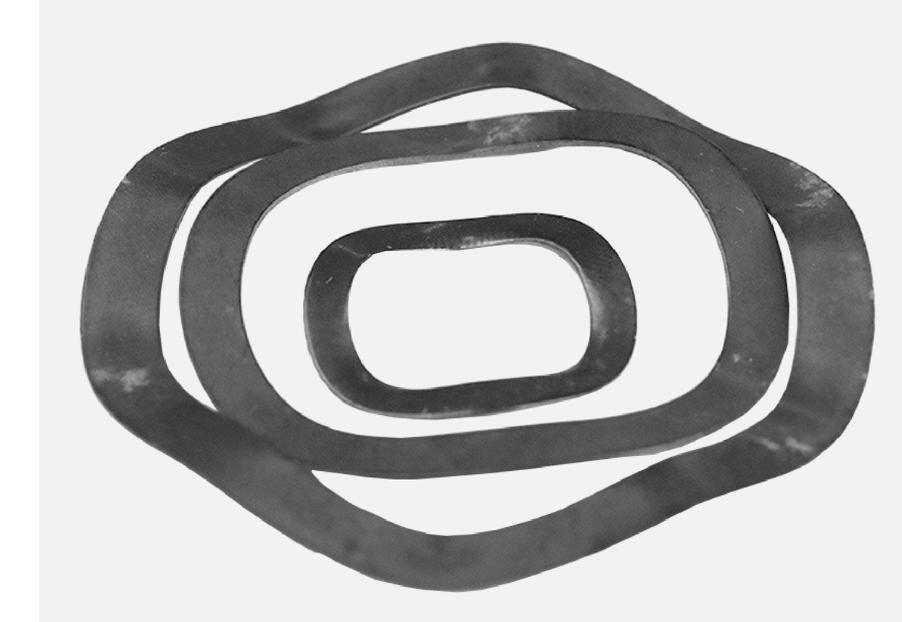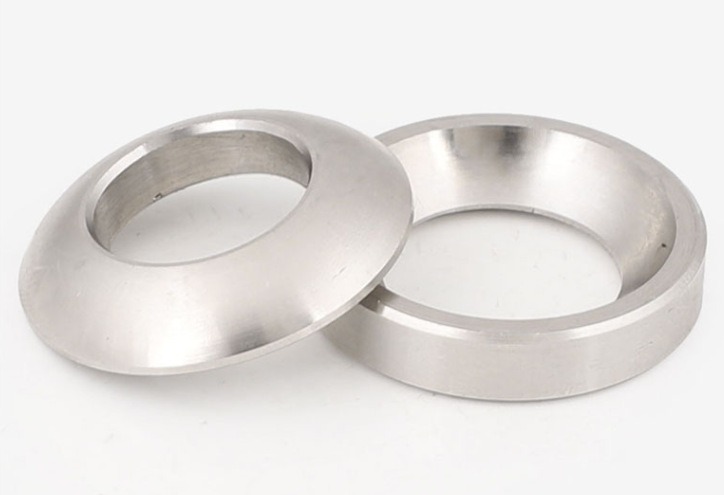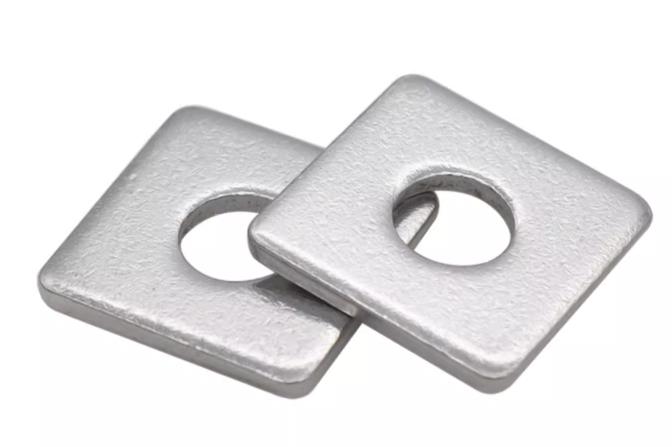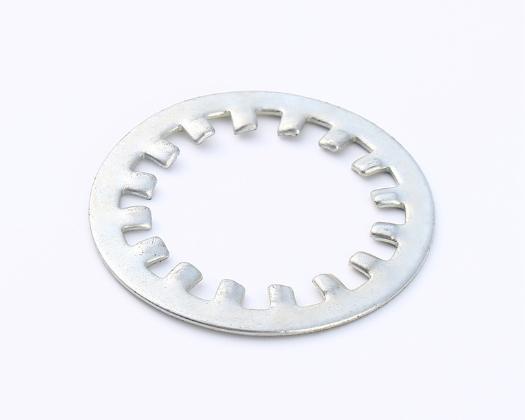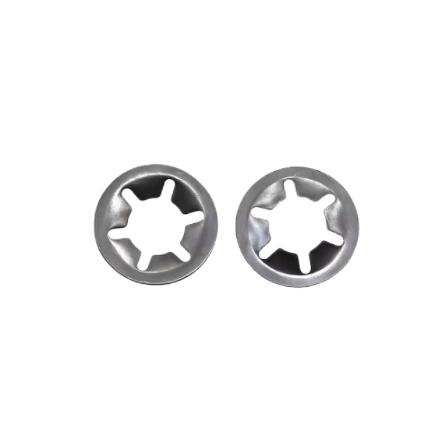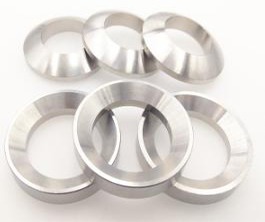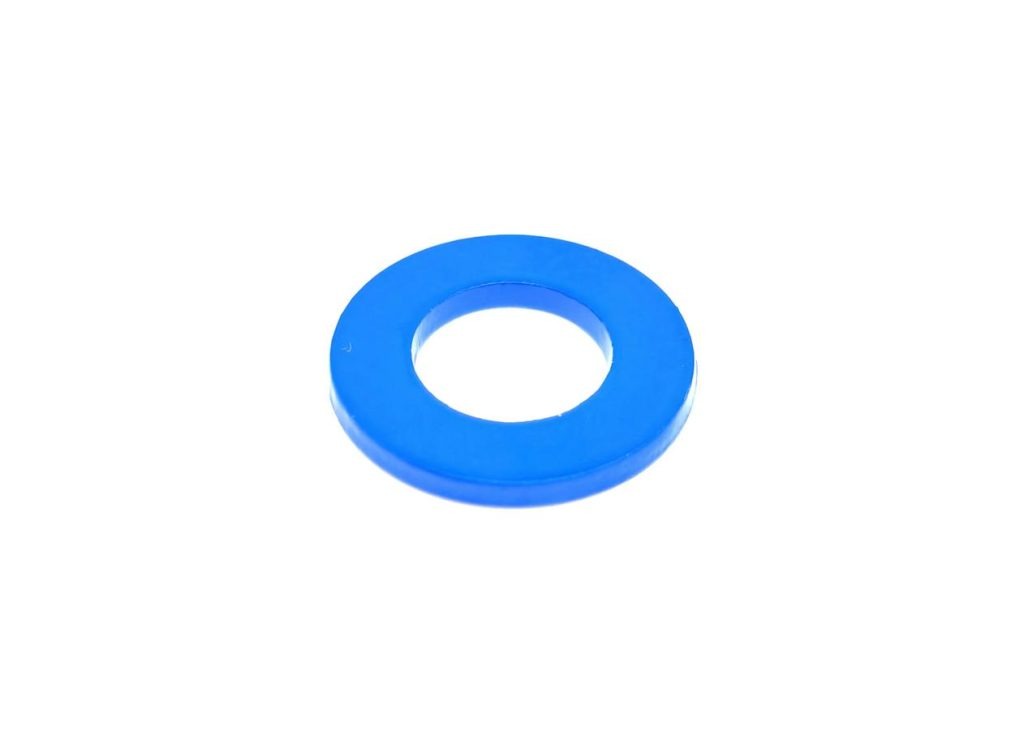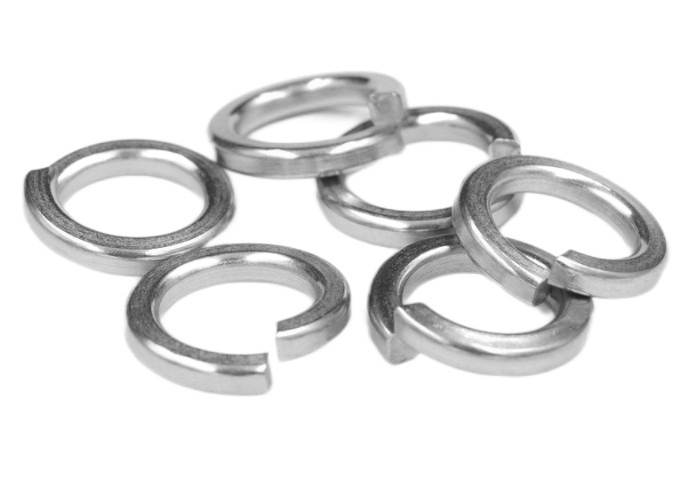8 Different Types of Washers
Washers, often overlooked due to their seemingly insignificant size, play a critical role in the field of mechanical engineering. These small components serve multiple functions including securing, locking, and sealing, making them indispensable in various applications. With a plethora of types available, each type of washer has unique characteristics tailored to specific needs. This article aims to delve into the 8 common different types of washers, exploring their structural features, working principles, and significance in practical applications.
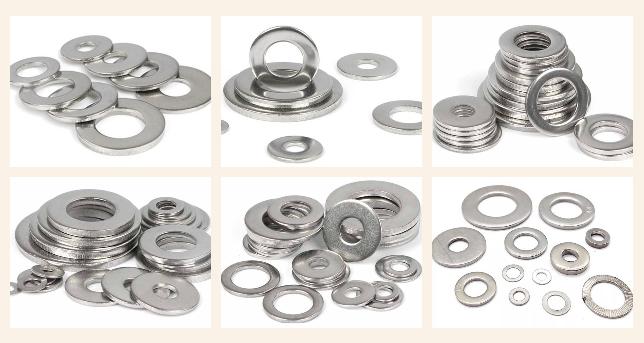
1. Flat Washers
Flat washers are among the most fundamental types of washers. Their design is simple yet effective: they are typically circular with a central hole. This straightforward design belies their importance in mechanical assemblies. Flat washers are used to increase the contact area between a bolt or nut and the surface it is being fastened to.
Functionality
The primary function of a flat washer is to distribute the load of a fastener more evenly across the surface. By increasing the contact area, flat washers help to spread the applied pressure, reducing the risk of damage to the material being fastened. This load distribution is especially critical when dealing with softer materials that could deform under concentrated pressure. Additionally, flat washers provide a flat surface on uneven or irregular surfaces, ensuring that the fastener maintains stability and effectiveness.
Application Examples
- Standard Flat Washer: Used in a wide variety of general applications to distribute the load of a fastener.
- Metric Flat Washer: Commonly used in metric-sized fastener assemblies in machinery and automotive applications.
- Large Flat Washer: Designed for use with larger bolts and nuts, often found in construction and heavy machinery.
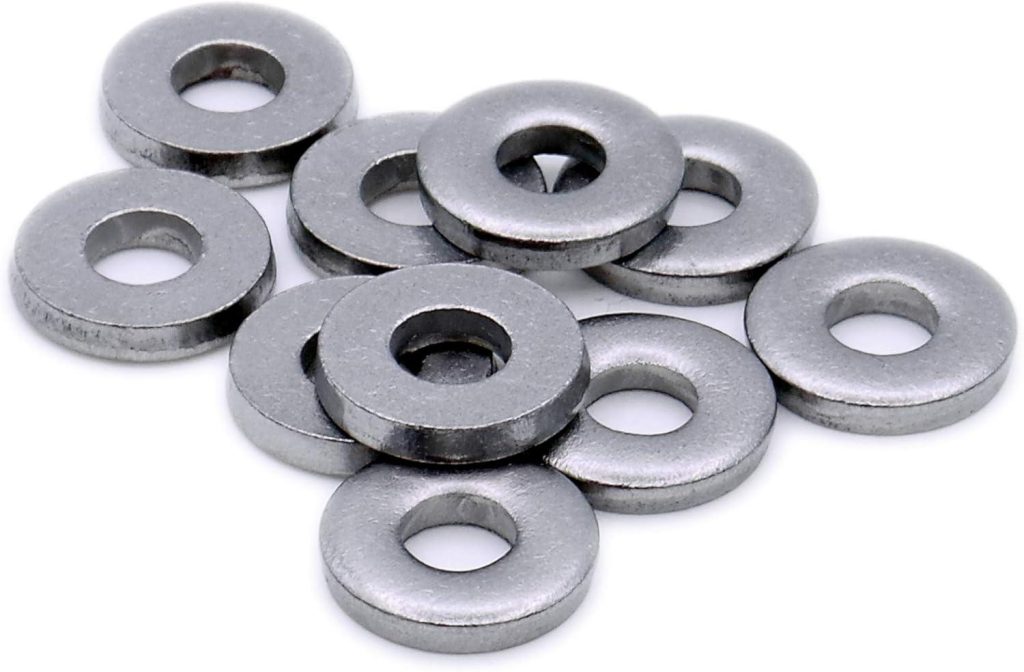
2. Spring Washers
Spring washers, also known as disc spring washers, have a distinct design that sets them apart from flat washers. They are characterized by their elastic properties and are often made from materials like spring steel. Their design includes a series of concentric ridges or waves that provide a compressive force when the washer is under load.
Functionality
The key feature of spring washers is their ability to provide a restoring force when compressed. When a nut or bolt is tightened, the spring washer compresses and generates a force that resists loosening. This elasticity helps to maintain the clamping force even under conditions of vibration and thermal expansion, which might otherwise cause the fastener to loosen. This makes spring washers particularly valuable in high-vibration environments.
Application Examples
- Belleville Washer: Often used in automotive and aerospace applications due to its high load capacity and elasticity.
- Disc Spring Washer: Commonly used in industrial machinery and heavy equipment to maintain clamping force under vibration.
- Wave Spring Washer: Provides a spring force in applications requiring a small space and moderate clamping force, used in precision instruments.
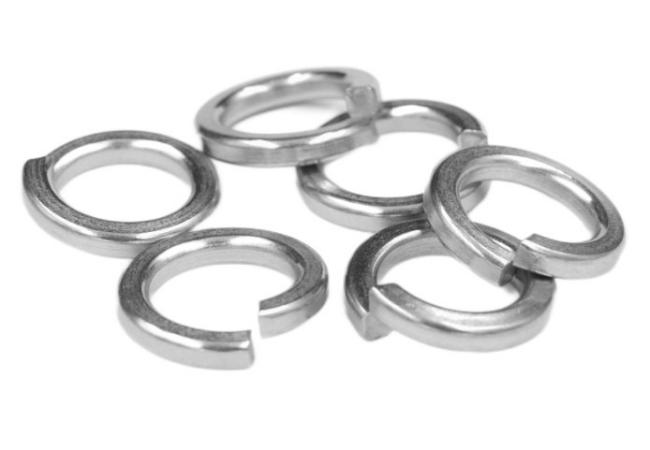
3. Lock Washers
Lock washers are specifically designed to prevent the loosening of fasteners. There are various types of lock washers, including internal and external types. Internal lock washers have teeth that grip into the surface of the nut or bolt, while external lock washers feature teeth that dig into the surface of the component being fastened.
Functionality
Lock washers function by increasing the friction between the fastener and the surface it is securing. This increased friction helps to counteract the forces that would otherwise cause the fastener to loosen over time. Some lock washers also incorporate spring-like elements to provide additional resistance to loosening.
Application Examples
- Internal Tooth Lock Washer: Used in assemblies where the washer’s teeth lock into the fastener, commonly seen in automotive and aerospace applications.
- External Tooth Lock Washer: Provides extra friction by digging into the surface of the material being fastened, often used in electrical connections and machinery.
- Split Lock Washer: Commonly used in machinery and automotive applications to prevent loosening due to vibration.
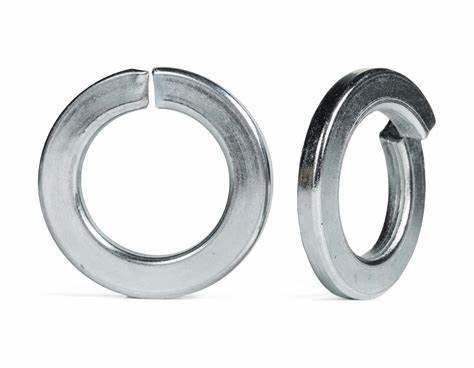
4. Wave Washers
Wave washers are characterized by their wavy, wave-like shape. This unique design gives them excellent elasticity and adaptability. The wave pattern allows the washer to compress and expand in response to changes in load or surface irregularities.
Functionality
Wave washers excel in providing uniform pressure distribution on uneven surfaces. They can adapt to minor shifts in the connected parts, which is particularly useful in precision applications. The wave-like structure enables them to maintain a stable clamping force while accommodating slight deviations in alignment.
Application Examples
- Plain Wave Washer: Used in applications where a consistent clamping force is needed despite minor surface irregularities.
- Precision Wave Washer: Often found in high-precision equipment such as electronic devices and optical instruments.
- Large-Diameter Wave Washer: Used in heavy machinery and large assemblies where uniform pressure distribution is crucial.
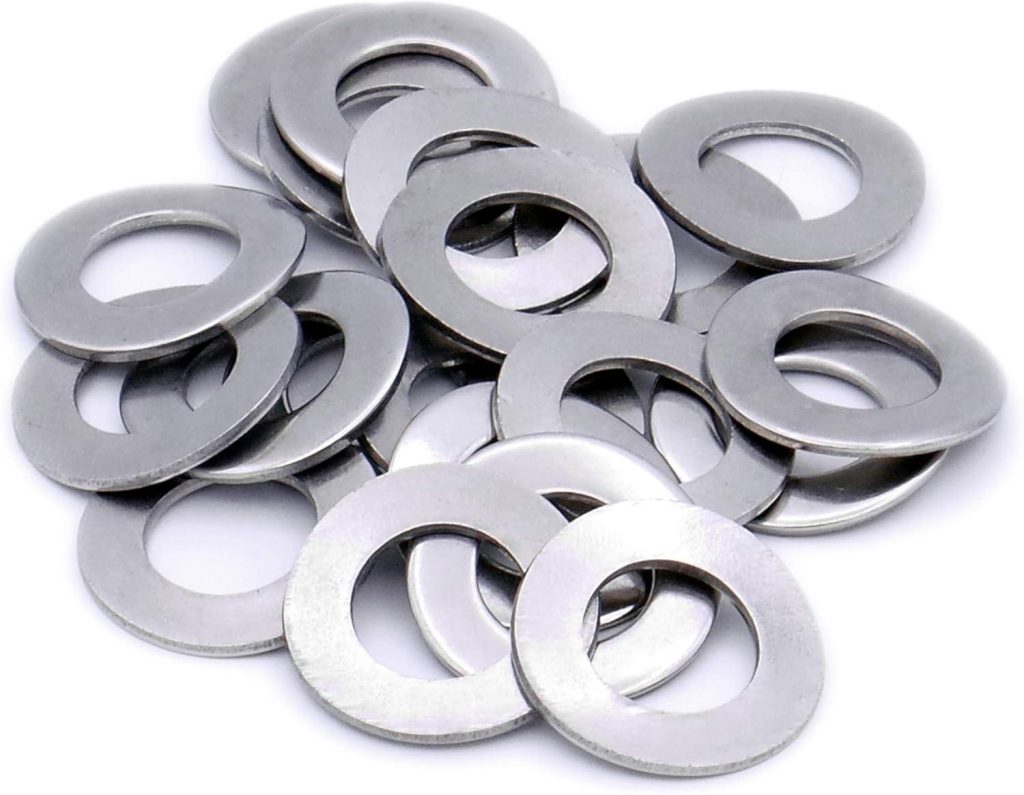
5. Serrated Washers
Serrated washers feature a series of teeth or serrations along their edges. These serrations create a rough surface that enhances friction between the washer and the contact surface.
Functionality
The primary function of serrated washers is to provide additional friction to prevent loosening of fasteners. The serrated edges grip the surface more effectively, making it difficult for the fastener to move or shift under stress. This design is particularly effective in resisting forces that could otherwise cause the fastener to become loose.
Application Examples
- Serrated Lock Washer: Provides enhanced friction to prevent loosening in high-stress environments, such as automotive engines and heavy machinery.
- Serrated External Lock Washer: Often used in high-vibration applications to maintain a secure connection.
- Serrated Internal Lock Washer: Used in machinery and automotive components where high torque and vibration are factors.
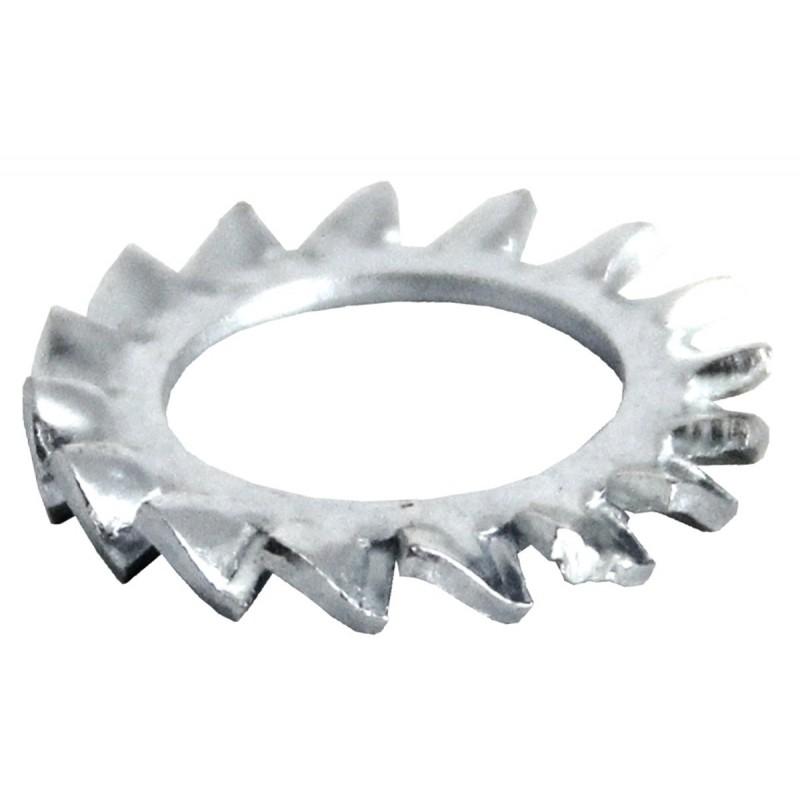
6. Wedge Washers
Wedge washers are made from wound metal or non-metal bands, giving them a flexible and elastic quality. Their design allows them to adapt to irregular surfaces and fill gaps effectively.
Functionality
Wedge washers excel at creating tight seals by conforming to uneven surfaces. They can fill gaps and provide a snug fit, which is essential for applications requiring a high degree of sealing. Their ability to maintain an effective seal helps prevent fluid leakage and ensures the proper functioning of the system.
Application Examples
- Metal Wedge Washer: Used in piping and valve connections to ensure a tight seal and prevent fluid leakage.
- Non-Metal Wedge Washer: Commonly used in applications requiring a flexible seal, such as in some plumbing and HVAC systems.
- Adjustable Wedge Washer: Provides adaptability in sealing applications where surface irregularities are present.
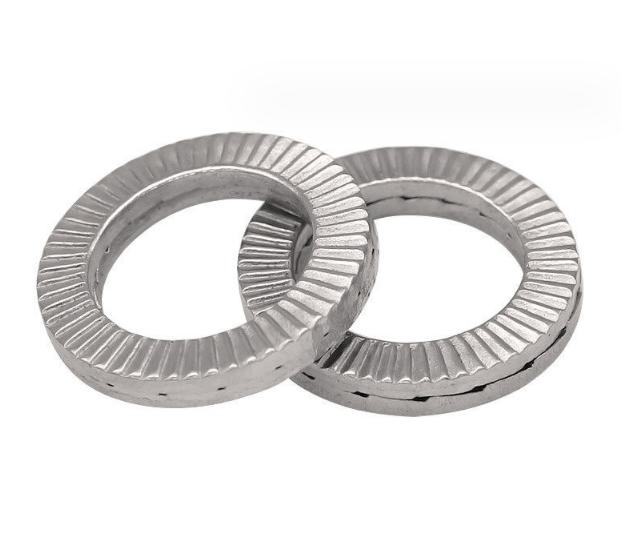
7. Sealing Washers
Sealing washers are designed to prevent the leakage of liquids or gases. They are made from various materials, including rubber, metal, and composite materials, each chosen based on the specific application requirements.
Functionality
The main purpose of sealing washers is to form a tight seal that prevents the passage of fluids through gaps between connected parts. Their material composition and design allow them to accommodate different environmental conditions and maintain a reliable seal.
Application Examples
- Rubber Sealing Washer: Used in plumbing and automotive applications to create a leak-proof seal against liquids.
- Metal Sealing Washer: Often found in high-pressure and high-temperature applications, such as in the chemical and petroleum industries.
- Composite Sealing Washer: Utilized in various industries where a combination of materials is needed for enhanced sealing performance.
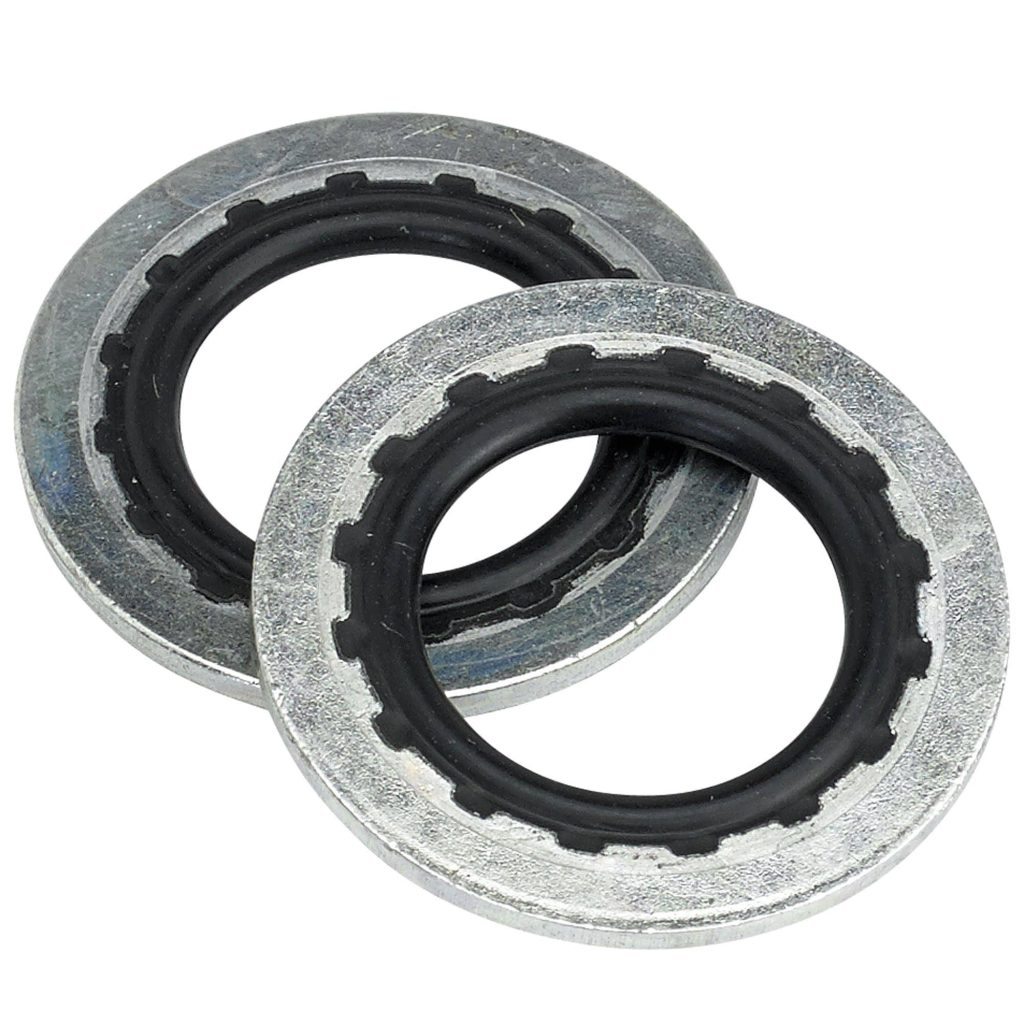
8. Tooth Washers
Tooth washers feature concentric tooth patterns that create multiple sealing paths when in contact with flange surfaces. This design enhances their sealing capability, especially in challenging environments.
Functionality
Tooth washers provide enhanced sealing reliability by creating multiple contact points between the washer and the flange. This multi-path sealing is particularly effective in maintaining a secure seal even under high pressure and temperature conditions.
Application Examples
- Tooth Lock Washer: Features concentric teeth that provide multiple sealing paths, often used in high-pressure applications like pipeline flanges.
- Double-Tooth Washer: Provides enhanced sealing and locking capability, used in high-stress environments such as heavy machinery and industrial equipment.
- Flange Tooth Washer: Used in conjunction with flanges to ensure a reliable seal and prevent leakage in critical applications.
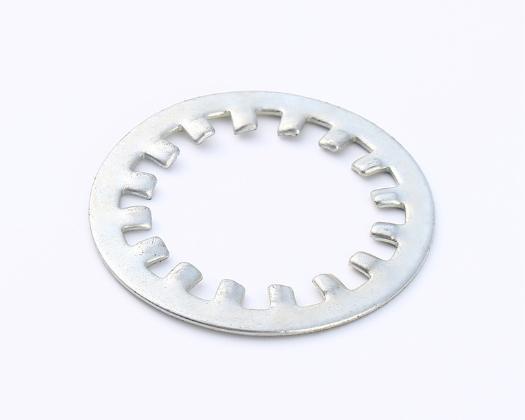
Overall, each type of washer has its unique characteristics and application areas, and choosing the appropriate washer type is crucial to ensure the performance and safety of mechanical devices. requirements.

